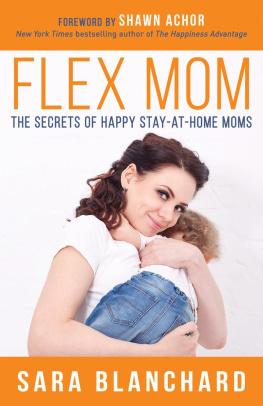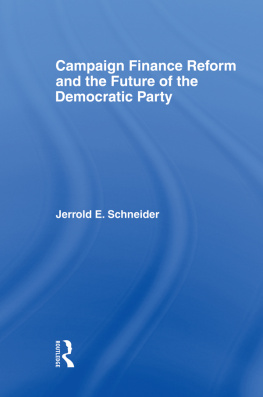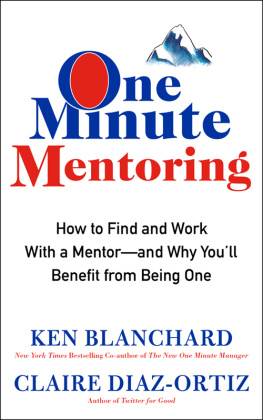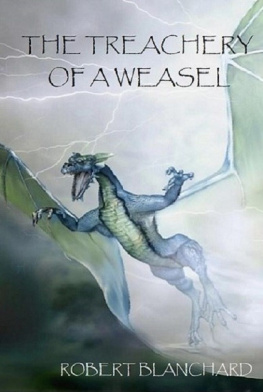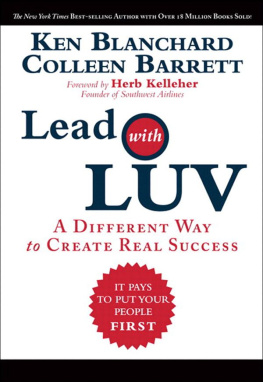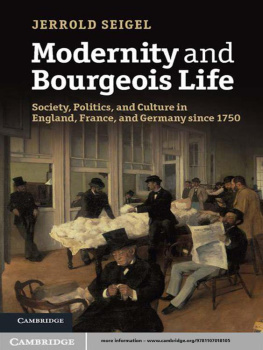HOW TO SEE THE BRITISH MUSEUM IN FOUR VISITS
by
W. BLANCHARD JERROLD
London
1852
CONTENTS
INTRODUCTION
VISIT THE FIRST
SOUTHERN ZOOLOGICAL ROOM.Hoofed Animals:Giraffe;
Walrus; Rhinoceros; Buffalo; Antelope.
SOUTHERN ZOOLOGICAL GALLERY.Hoofed Animals:Wild Ox;
Hippopotamus; Elephant; Llama; Bison; Armadillo; Deer.
MAMMALIA SALOON.Bears; Monkeys; Cat Tribe; Dog Family;
Bear Tribe; Mole Tribe; Marsupial Animals; Seal Tribe;
Corals
EASTERN ZOOLOGICAL GALLERY.Birds of Prey; Perching
Birds; Scraping Birds; Wading Birds; Web-footed Birds.
NORTHERN ZOOLOGICAL GALLERY.Bats; Reptiles; Serpents;
Tortoises; Crocodiles; Frogs.
BRITISH ZOOLOGICAL ROOM.Carnivorous Beasts; Glirine
Beasts; Hoofed Beasts; Insectivorous Beasts; British
Reptiles; British Fish.
NORTHERN ZOOLOGICAL GALLERY(continued).Spiny-finned
Fishes; Soft-finned Fishes; Cartilaginous Fishes;
Sponges; Shell-fish; The Beetle Tribe; Butterflies and Moths.
EASTERN ZOOLOGICAL GALLERY.Star-fish; Sea-eggs; Shells.
VISIT THE SECOND
NORTHERN MINERAL AND FOSSIL GALLERY.Fossil Vegetables;
Minerals; Fossil Animals; Fossil Fishes; Fossil Mammalia.
THE EGYPTIAN ROOM.Human Mummies; Animal Mummies;
Sepulchral Ornaments; Egyptian Deities; Sacred
Animals; Household Objects; Tools; Musical Instruments;
Toys; Textile Fabrics.
THE BRONZE ROOM.Greek and Roman Bronzes.
ETRUSCAN ROOM.Etruscan Vases
ETHNOGRAPHICAL ROOM.Chinese Curiosities; Indian
Curiosities; African Curiosities; American Curiosities
VISIT THE THIRD
EGYPTIAN SALOON.Egyptian Sculpture; Egyptian
Coffins; Egyptian Tombstones; Sepulchral Vases;
Human Statues; Egyptian Sphinxes; Egyptian Frescoes.
THE LYCIAN ROOM.Lycian Tombs; Lycian Sculpture.
THE NIMROUD ROOM.Assyrian Sculpture.
VISIT THE FOURTH
Townley Sculpture; Antiquities of Britain.
PHIGALEIAN SALOON.Battle with the Amazons.
ELGIN SALOON.Elgin Marbles; Metopes of the Parthenon;
Eastern Frieze; Northern Frieze; Western Frieze;
Southern Frieze; Eastern Pediment; Western Pediment;
Temple of the Erectheum; Temple of Theseus;
Lantern of Demosthenes.
CONCLUSION
INTRODUCTION.
The money to found a British Museum was raised by a lottery in the middle of the last century. Sir Hans Sloane having offered his books and museum of natural history to Parliament, for less than half its value (20,000.), it was purchased, together with the famous Harleian and Cottonian MSS., and deposited in Montague House, Bloomsbury, which had been bought of the Earl of Halifax, for the sum of 10,250. Of the present British Museum this beginning forms a very insignificant part. The nucleus was established however; and soon eminent men, who valued their literary and scientific collections as storehouses that should be accessible to all classes of students, began to turn their attention to the collections in Montague House. Foremost among the donors George the Second should be mentioned, as having made over to the nation the royal library, together with the right of demanding a copy of every book entered at Stationers' Hall. Successively, the libraries of Sir Joseph Banks, Dr. Birch, Sir John Hawkins, Dr. Burney and Garrick, and the Royal, Arundel, Lansdowne, Bridgewater, and other MSS. were added to the great store. Captain Cook returned home with additions to the museum of natural history; Sir William Hamilton's collection of vases was purchased in 1772; the spoils of Abercrombie's Egyptian campaign enriched the museum with some fine Egyptian antiquities; grants of money secured the Townley marbles, the Phigalian sculptures, and at last the Elgin marbles; and of late, the accessions to the vast collection, including Layard's treasures, the Xanthian marbles, fossils, birds, curiosities, from the frozen seas, China, the solitudes of Central Africa, and other remote places, where scientific men have been of late prosecuting their studies have been received. In 1823 it was allowed by Parliament that the collection had grown too large for the house in which it was crammed; and accordingly in this year it was resolved to destroy the old residence of the Earl of Halifax, and build a new structure on its site. Sir Robert Smirke, the architect of the present structure, has certainly had good cause to complain of the niggardly supplies voted from time to time for the building, which has been twenty-eight years in progress. The regulations for the admission of the public have fairly kept pace with the progress of those liberal ideas to which the collection is greatly indebted, and of which it is a monument. It will be interesting for the visitor of to-day, to contrast the rules by which he is admitted, with those that fettered his ancestors of the eighteenth century. In the year 1759, the trustees of this institution published their "Statutes and Rules relating to the Inspection and Use of the British Museum." This instructive document may now serve to illustrate the darkness from which, even now, we are struggling. Those visitors who now consider it rather an affront to be required to give up their cane or umbrella at the entrance to our museums and galleries, will be astonished to learn, that in the early days of the museum, those persons who wished to inspect the national collection, were required to make previous application to the porter, in writing, stating their names, condition, and places of abode, as also the day and hour at which they desired to be admitted. Their applications were written down in a register, which was submitted every evening to the librarian or secretary in attendance. If this official, judging from the condition and ostensible character of an applicant, deemed him eligible for admittance, he directed the porter to give him a ticket on the following day. Thus the candidate for admission was compelled to make two visits, before he could learn whether it was the gracious will of a librarian or secretary that he should be allowed the privilege of inspecting Sir Hans Sloane's curiosities. If successful, his trouble did not end when he obtained the ticket; for it was provided by the trustees that no more than ten tickets should be given out for each hour of admittance. Accordingly, every morning on which the museum was accessible, the porter received a company of ten ticket-holders at nine o'clock, ushered them into a waiting-room "till the hour of seeing the museum had come," to quote the words of the trustees. This party was divided into two groups of five persons, one being placed under the direction of the under-librarian, and the other under that of the assistant in each department. Thus attended, the companies traversed the galleries; and, on a signal being given by the tinkling of a bell, they passed from one department of the collection into another:an hour being the utmost time allowed for the inspection of one department. This system calls to mind the dragooning practised in Westminster Abbey, under the command of the gallant vergers, to the annoyance of leisurely visitors, and of ardent but not active archaeologists. Sometimes, when public curiosity was particularly excited, the number of respectable applicants for admission to the museum exceeded the limit of the prescribed issue. In these cases, tickets were given for remote days; and thus, at times, when the lists were heavy, it must have been impossible for a passing visitor in London to get within the gateway of Montague House. In these old regulations the trustees provided also, that when any person, having obtained tickets, was prevented from making use of them at the appointed time, he was to send them back to the porter, in order "that other persons wanting to see the museum might not be excluded." Three hours was the limit of the time any company might spend in the museum; and those who were so unreasonable or inquisitive as to be desirous of visiting the museum more than once, might apply for tickets a second time "provided that no person had tickets at the same time for more than one." The names of those persons who, in the course of a visit, wilfully transgressed any of the rules laid down by the trustees, were written in a register, and the porter was directed not to issue tickets to them again.



